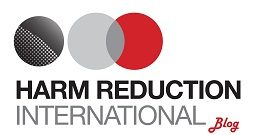Harm Reduction International traces its origins to the 1st International Conference on the Reduction of Drug Related Harm, held in Liverpool, England in 1990. The city was one of the first to open needle exchanges, and attracted hundreds of visitors each year who wanted to learn about the ‘Mersey Harm Reduction Model’.
The success of this first conference led to its establishment as an annual event held in major cities around the world. The conference helped spread the principles behind harm reduction, share knowledge and experience and build networks of harm reduction practitioners and activists to broaden the response to HIV related to unsafe injecting practices. The conference also became the primary international meeting and networking point for drug user activists and organisations.
In 1996, the International Harm Reduction Association (IHRA) was launched at the 7th international conference, initially to enable networking and communication between conferences, and facilitate collective advocacy for health-based approaches to drug use and HIV. Over the next few years, the profile of the conference continued to grow, along with the increasing acceptance of harm reduction around the world.
In 2006, the organisation expanded its activities beyond the annual conference to include strong programmes of work on public health research and analysis and on human rights. In 2011, 15 years after it was launched, the International Harm Reduction Association changed its name to Harm Reduction International.
With over 8,000 members worldwide, Harm Reduction International is largest global harm reduction association and is one of the leading international sources of research, policy and legal analysis and advocacy on harm reduction and drug policy reform.
